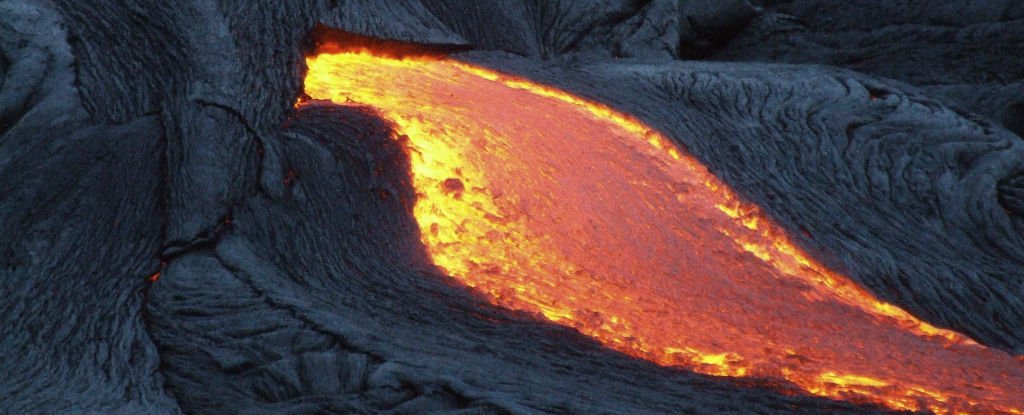Massive Amounts of Melting Carbon Have Been Found Under the Western US
We still have no idea how much carbon Earth is holding onto.
BEC CREW
Scienece Alert
Scientists have used the world’s largest array of seismic sensors to map what lies deep beneath Earth’s surface, and have discovered an unidentified reservoir of melting carbon under the United States, covering an area of 1.8 million square km (695,000 square miles).
The find, which is located roughly 350 km (217 miles) beneath the Western US, challenges what researchers have assumed about how much carbon is trapped inside the planet. Turns out, there’s far more than anyone had predicted.
The reservoir is far too deep for the researchers to physically get to, but a team from the University of Royal Holloway London used a vast network of 583 seismic sensors that pick up on strange vibrations generated in Earth’s upper mantle to identify it.
The upper mantle is the layer that sits directly under our planet’s crust, and extends to a depth of about 410 km (250 miles).
Within this layer, temperatures can span from 500 to 900°C (932 to 1,652°F) near the crust, and can reach a hellish 4,000°C (7,230°F) in the lower mantle closer to the central core.
That ridiculous heat is constantly melting carbonates – a large group of minerals such as magnesite and calcite that all contain a specific carbonate ion – and this molten carbon is thought to be responsible for the conductivity of the mantle.
The melting process also produces a unique signature of seismic patterns, which can be read by sensors on the surface by converting ground motion into an electronic signal.
Based on what these sensors have told us, researchers now suspect that Earth’s upper mantle could contain up to 100 trillion metric tonnes of melted carbon – far more than expected.
The team now thinks that the massive carbon reservoir they’ve identified could have formed when one of the tectonic plates that make up the Pacific Ocean was forced under the western part of the US, and has provided more fuel for the upper mantle fire.
“It would be impossible for us to drill far enough down to physically ‘see’ Earth’s mantle, so using this massive group of sensors we have to paint a picture of it using mathematical equations to interpret what is beneath us,” says one of the team, Sash Hier-Majumder.
“Under the western US is a huge underground partially-molten reservoir of liquid carbonate. It is a result of one of the tectonic plates of the Pacific Ocean forced underneath the western US, undergoing partial melting, thanks to gasses like CO2 and H2O contained in the minerals dissolved in it.”
While none of that will affect us much today – it’s 350 km deep, after all – one day, it will, and in the most dramatic fashion.
As Hier-Majumder explains, it’s expected that the contents of the melted carbon reservoir will slowly make their way up to the surface via volcanic eruptions.
These eruptions are how carbon from inside our planet makes its way into the atmosphere – something that wouldn’t usually be a problem, if we weren’t already emitting roughly 40 billion tonnes of the stuff every year.
“We might not think of the deep structure of Earth as linked to climate change above us, but this discovery not only has implications for subterranean mapping, but also for our future atmosphere,” says Hier-Majumder.
“[R]eleasing only 1 percent of this CO2 into the atmosphere will be the equivalent of burning 2.3 trillion barrels of oil. The existence of such deep reservoirs show how important is the role of deep Earth in the global carbon cycle.”
The research has been published in Earth and Planetary Science Letters.
___
http://www.sciencealert.com/massive-amounts-of-melting-carbon-have-been-found-under-the-western-us
